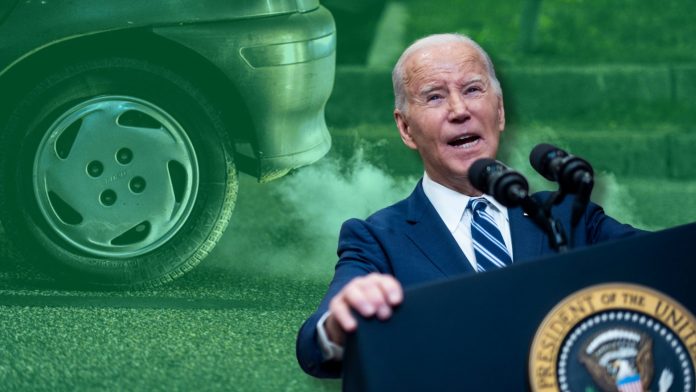The Biden Administration is planning to relax strict tailpipe emission standards proposed by the Environmental Protection Agency (EPA) last year in an effort to slow down the U.S. automotive industry’s transition to electric vehicles.
The tailpipe requirements, as originally recommended by the EPA, would have been the most stringent in U.S. history, forcing American automakers to reduce new vehicle emissions by 56% as early as 2032. To support this goal, the agency estimated manufacturers would need to increase EV sales until they represented 67% of all new car registrations over the next eight years. In the time leading up to 2032, companies would also need to meet annually revised fuel economy targets to remain in compliance, risking heavy fines if they failed.
However, according to sources speaking to Reuters, the EPA now plans to release a new set of tailpipe emission standards as early as March, which would lower the yearly emission target, decrease the projected EV sales share, and effectively lengthen the timeline for fully abandoning internal combustion engine vehicles.
The decision to reconsider the emission guidelines follows stiff resistance from virtually every corner of the automotive industry, including retailers, manufacturers, and union members. The most common critique of the proposed regulations among opponents is that consumer demand has failed to materialize in support of EVs fast enough to make a rapid transition financially viable. While it remains to be seen how the EPA will rework its proposal, a series of recent meetings held between automaker executives signals the agency is incorporating feedback from the industry.



